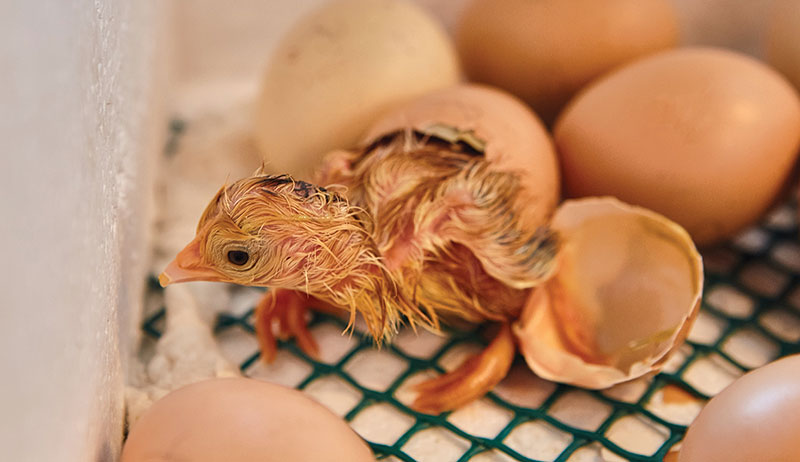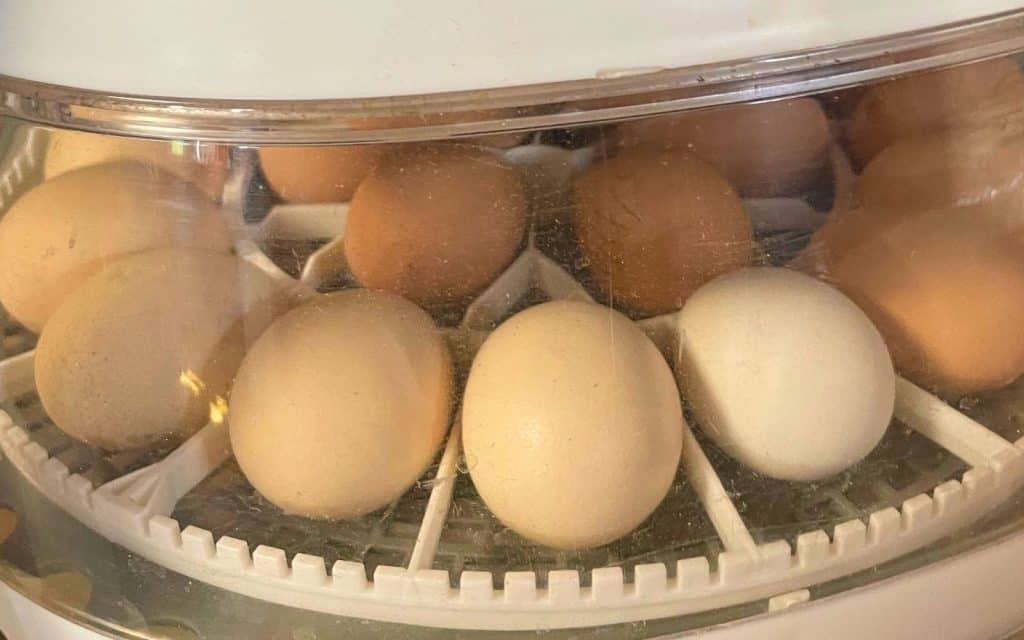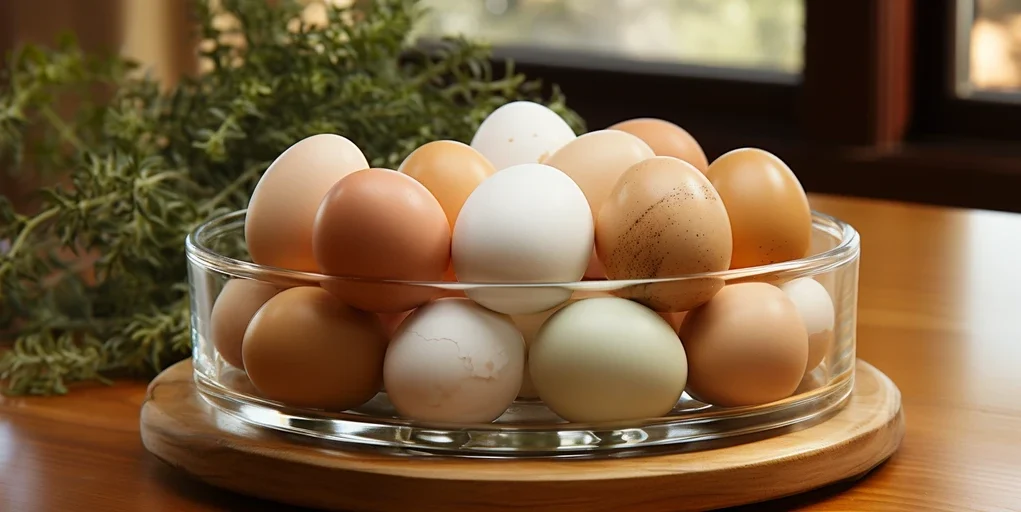The process of hatching eggs is a delicate balance of temperature, humidity, and ventilation. For those who are new to chicken incubation, understanding the importance of ventilation in chicken incubators is vital. Proper ventilation ensures that the developing embryos receive enough oxygen and that carbon dioxide is effectively removed. This aspect of the incubation process is often overlooked, yet it plays a crucial role in the successful hatching of healthy chicks.
Maintaining the right balance of ventilation can be the difference between success and failure in chicken incubation. Whether you are using a homemade incubator or a commercial one, understanding how to manage air flow is key. Let’s explore how ventilation affects the incubation process and how you can optimize it for the best results.

Why is Ventilation Important in Chicken Incubators?
Proper ventilation in an incubator ensures that the eggs receive an adequate supply of fresh air, which is essential for the developing embryo. As the embryo grows, it consumes oxygen and releases carbon dioxide. Without sufficient air exchange, carbon dioxide can build up, leading to suffocation and developmental issues. Ventilation also helps in regulating the temperature and humidity inside the incubator, both critical factors for successful hatching.
The Science Behind Ventilation
In the natural setting, a hen provides the perfect ventilation for her eggs by frequently moving them and allowing air circulation. In an artificial incubator, this natural process must be mimicked. The right amount of air exchange facilitates the removal of excess carbon dioxide and the supply of oxygen, which is vital for the metabolic processes of the embryo. Furthermore, a well-ventilated incubator helps in maintaining even temperature distribution, preventing hot or cold spots that can harm the developing chicks.
How to Ensure Proper Ventilation?
Ensuring proper ventilation in chicken incubators involves a few critical steps:
1. Regular Monitoring
Keep a close eye on the air vents of your incubator. Make sure they are not blocked or obstructed. Some incubators come with adjustable vents; use them to control the airflow as needed. Regular monitoring will help you adjust the ventilation based on the number of eggs and their developmental stages.
2. Adjust Vent Settings
Depending on the model of your incubator, you may need to adjust the vent settings. During the initial days of incubation, a moderate level of ventilation is sufficient. As the embryos grow, increase the airflow to meet their increased oxygen requirements. An adjustable vent system will allow you to control the airflow without opening the incubator frequently.
3. Use Fans
If your incubator does not come with a fan, consider installing one. Fans help in circulating air evenly throughout the incubator, ensuring that every egg receives the right amount of oxygen. They also assist in maintaining a consistent temperature, which is crucial for embryo development. Make sure the fan is not blowing directly on the eggs to prevent drying them out.
Common Mistakes to Avoid
While managing ventilation, avoid these common mistakes:
1. Overcrowding the Incubator
Too many eggs in a single incubator can restrict airflow, leading to insufficient oxygen supply. Ensure that the eggs are placed with enough space for air circulation.
2. Ignoring Humidity Levels
While focusing on ventilation, do not overlook humidity levels. Both factors are interrelated, and improper humidity can affect the efficiency of ventilation.
3. Inconsistent Monitoring
Inconsistent checks can lead to unnoticed blockages or malfunctions in the ventilation system. Regularly monitor and maintain the incubator to ensure optimal conditions.
Benefits of Optimal Ventilation
When ventilation is managed correctly, it leads to healthier chicks. Proper air exchange supports the growth of strong, viable embryos, reduces the risk of deformities, and increases hatch rates. Additionally, it minimizes the chances of bacterial growth, ensuring a clean environment for the eggs.

FAQs
1. How often should I adjust the ventilation settings?
Adjust the ventilation settings as the embryos grow. Initially, moderate ventilation is sufficient, but it should be increased as the embryos develop.
2. What are the signs of poor ventilation?
Poor ventilation can lead to high carbon dioxide levels, which may cause slow embryo growth, weak chicks, and increased mortality rates.
3. Can I use a homemade incubator?
Yes, a homemade incubator can be used, but ensure it has proper ventilation features to support effective air exchange. Best Practices
For more detailed information on incubation practices, you can visit Manna Pro’s guide on hatching chicks.
This article contains affiliate links. We may earn a commission at no extra cost to you.










